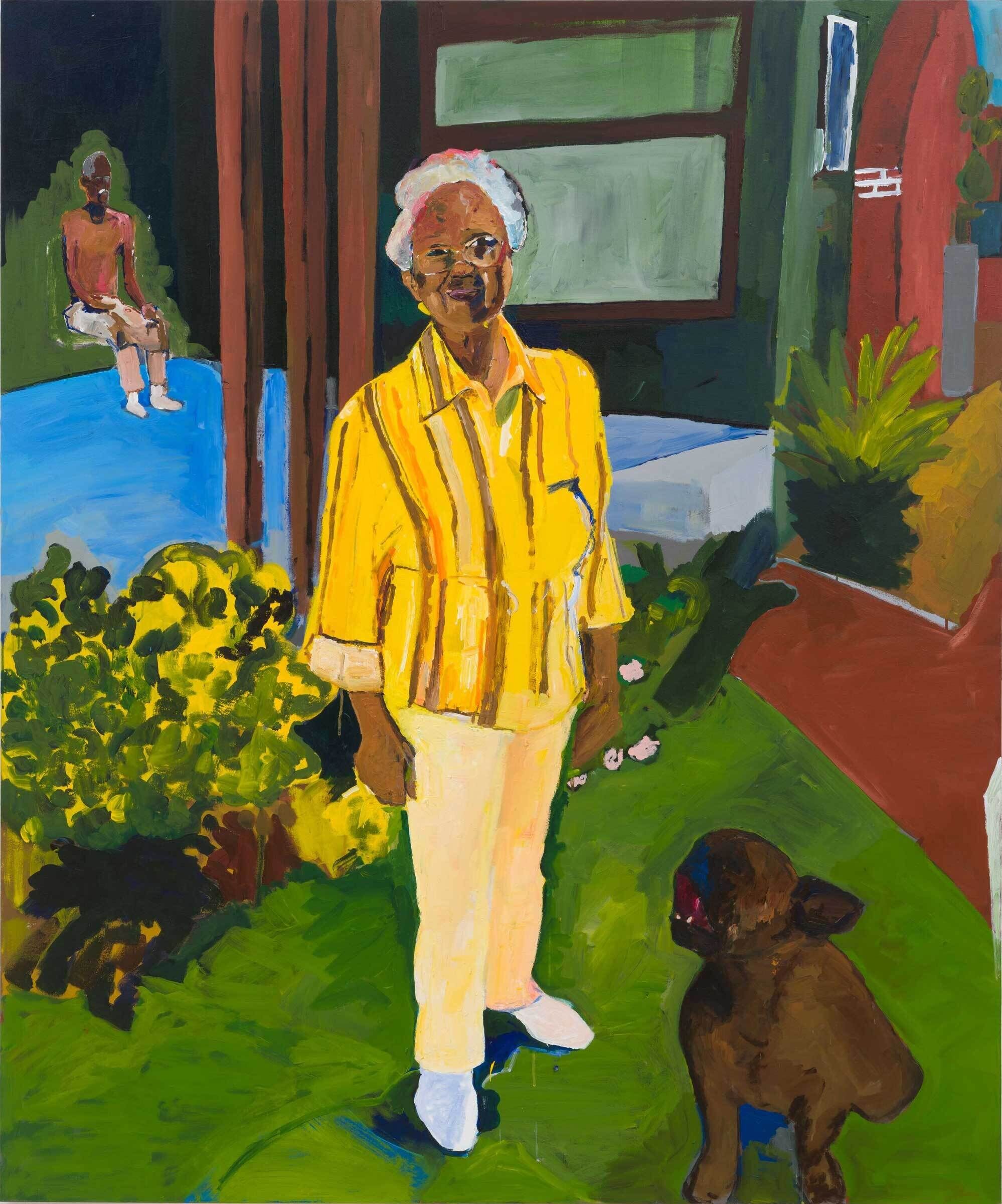Henry Taylor: B Side | Art & Artists
Oct 4, 2023–Jan 28, 2024
Henry Taylor: B Side | Art & Artists
Gettin it done
4
After graduating from CalArts in 1995, Taylor first moved to downtown Los Angeles, where he nurtured a significant rapport with his neighbors. Taylor's depictions of friends, local personalities, and passers-by are joined by street scenes inspired by his global travels. The result is a gallery of his extended community, which he commemorates in images that capture each subject's humanity and personality.

